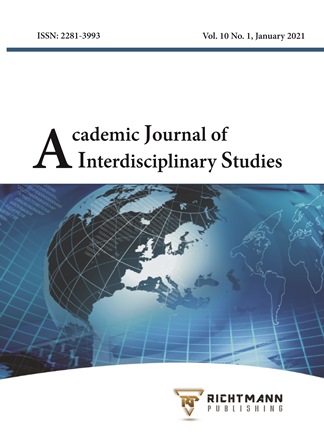The Value-Added Effects of Exchange Rates on Global Trade
DOI:
https://doi.org/10.36941/ajis-2021-0016Keywords:
Exchange Rate, Exports, Value-Added Trade, Vertical SpecializationAbstract
This study is an investigation of view about the gross, bilateral, and value-added trades adjusting to exchange rate and income within global value chains. Various difference between aggregate and value-added trade flows is introduced. We adopt the traditional trade models and test them using time-series analysis on value-added exports and imports. We find that currency depreciation has negative effects on gross exports in the US and Korea due to intermediate goods imports, but positive effects on value-added exports in Japan and Korea. On the other hand, currency appreciation has negative effects on gross imports in the US, China, Japan and Korea due to intermediate goods exports, but positive effects on value-added imports in Japan. All income effects are positive as we expect. Also, we find the similar effects of exchange rate on bilateral trade flows. On the whole, depreciation has negative effects on gross exports but positive effects on value-added exports while appreciation has negative effects on gross imports but positive effects on value-added imports. With this study, the main contribution is further evidence on the value-added trade analysis. Practical implications reducing uncertainty could be an important policy objective to achieve higher growth.
Received: 23 October 2020 / Accepted: 16 December 2020 / Published: 17 January 2021
Downloads
Downloads
Published
Issue
Section
License

This work is licensed under a Creative Commons Attribution-NonCommercial 4.0 International License.
This work is licensed under a Creative Commons Attribution-NonCommercial 4.0 International License.








